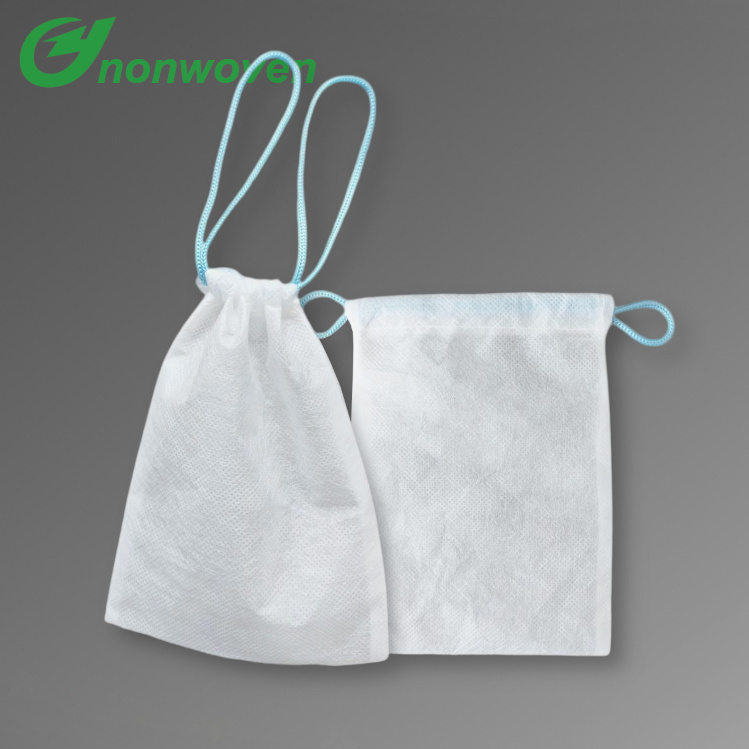The material used in PLA Nonwovens
2025-05-28
PLA (Polylactic Acid) nonwovens are made using polylactic acid, a biodegradable and bio-based polymer derived primarily from renewable resources like corn starch, sugarcane, or cassava. These nonwovens are widely used in various industries due to their eco-friendly, compostable, and biocompatible properties.
Materials and Components in PLA Nonwovens:
Primary Polymer:
PLA (Polylactic Acid): The base polymer, made through the fermentation of sugars and subsequent polymerization of lactic acid.
Additives (Optional):
Plasticizers: To improve flexibility and softness.
Stabilizers: For heat, UV, or oxidative stability.
Colorants or Pigments: For visual customization.
Antibacterial agents: For hygienic or medical applications.
Processing Aids (Used During Manufacturing):
Spinning oils or finishes: Applied to fibers for better processability and reduced static.
Surfactants: Sometimes used to improve wettability.
Binder Fibers (in some cases):
Other biodegradable fibers like PBS (polybutylene succinate) or PCL (polycaprolactone) may be blended to adjust properties such as bonding strength or degradation rate.

Manufacturing Processes:
PLA nonwovens can be produced by:
Meltblown
Spunbond
Needlepunch
Thermal bonding
These methods influence the texture, strength, porosity, and end-use performance of the nonwoven.
Key Characteristics:
Biodegradable under industrial composting conditions
Breathable and lightweight
Good mechanical properties
Limited resistance to high temperatures (PLA softens around 60°C)
Applications:
Hygiene products (wipes, diapers)
Medical textiles (surgical gowns, masks)
Agricultural fabrics
Packaging
Filters
If you are interested in our products or have any questions, please feel free to contact us and we will reply you within 24 hours.


